An Herbal Interlude with Stinging Nettles
Nettle (Urtica dioica)
Family - Urticaceae
Stinging Nettles is one of the plants I get excited about whenever I come across a patch in the wild. Luckily, I’ve never stumbled into one unawares. Well, Ok, maybe once, as young, and budding herbalist. Fortunately, I was in the company of an experienced forager who stopped me from marching into the riverbed full of Nettles. This is where my love affair began. We very carefully gathered Nettles, dried some and ate the rest as a cooked vegetable, like spinach.
The following article contains affiliate links. That means, if you purchase a product through one of the links, I make a commission at no additional cost to you. I appreciate it each time you click on or make a purchase from one of my links. Thank you for your support.
Botanical Information
Nettles is an herbaceous perennial containing more than 500 species within the family Urticaceae. Originally from Eurasia (Europe, Asia, and western north Africa,) Nettle varieties are now found worldwide.
Named “stinging” for a reason, all plants in the Nettle family have fine hairs on the stems and under the leaves, that on contact produce a stinging, burning sensation, sometimes with welts. Urtica, the plants botanical name, means “to burn.” But not to worry, the formic acid released from the hairs wears off quickly and has some powerful healing benefits on their own.
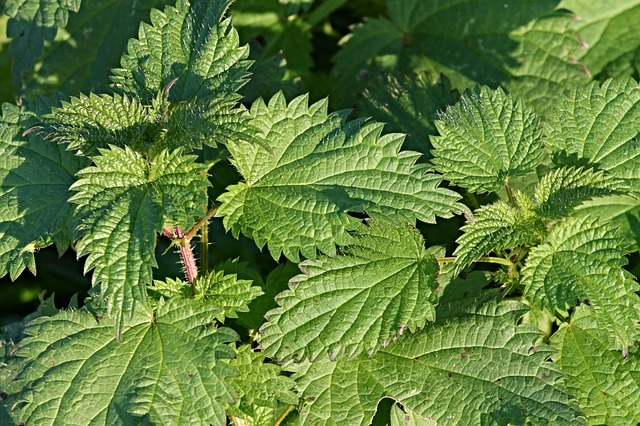
Average Nettle plants reach between 2 and 3 feet tall, although occasionally they can be found reaching 5 feet. The rich green leaves are simple, opposite, finely toothed and heart shaped. Each leaf tapering to a point and attached to upright, ridged, usually square stems. In the spring, the plants produce long branched clusters of greenish brown unisex flowers. Flowers mature into seed clusters up to 10 centimeters long. The roots are creeping and pervasive, quick to spread and multiply in the right growing conditions.
In the Western United States, Nettles likes to grow in and near water. It is often found in swamy areas near ponds, and rivers. In the more humid conditions of the Eastern U.S. and parts of Europe, Nettles is often found downslope from a compost pile or out house, preferring soil high in nitrates and uric acids. (A big hint to how it works in the body.)
Parts Used and Harvesting
All Parts of the Nettle plant are used. When gathering any part of this plant, care should be taken to wear gloves to avoid contact with stinging hairs. I usually wear both long sleeves and gloves.
Harvesting leaves
Leaves are harvested in the spring or early summer before the plant becomes tough or flowers begin to form. All authorities agree that Nettles is highest in both medicinal action and nutritional value when fresh. Fresh nettles may also be preserved in alcohol as a tincture (1:2 at 50%,) as an acetate (in apple cider vinegar,) as a glycerite (vegetable glycerin.) To dry, make small bundles of the stems, hanging in a cool, dark place to dry. When dry, remove leaves from stems and store in an airtight container in a cool, dark place.
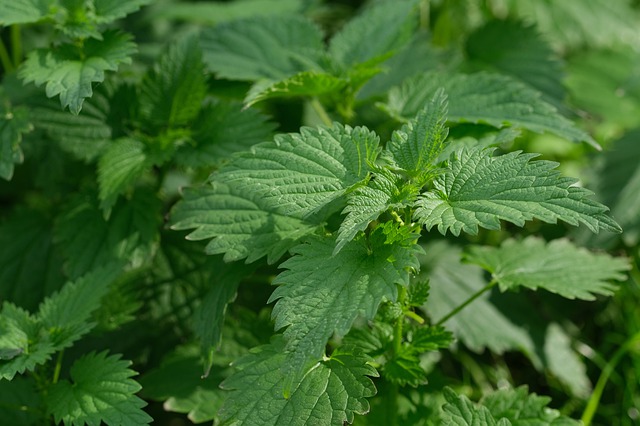
Harvesting Nettle Seeds
The seeds are harvested in the summer, when the seed heads mature and begin to turn brown but are not yet dry. To harvest for a tincture simply remove the entire seed cluster, stuff into a jar and fill with 40 to 50% alcohol. I often put this whole mixture into a blender when I get home, placing the resulting smoothie-like mash back into the jar. Shake every day for two weeks, strain and store in a cool, place out of direct sunlight. To dry the seeds, cut the Nettle stalk with the seed cluster attached. Make a small bundle with the stalks and hang upside down in a paper bag. As the seeds dry, they will drop into the bag.
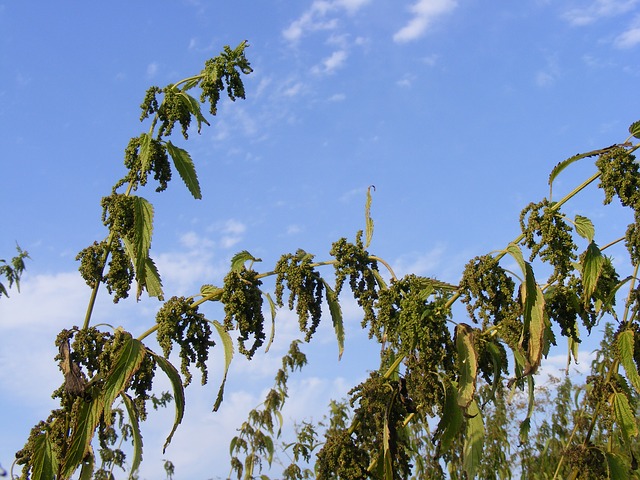
Harvesting Nettle Root
Nettle roots are harvested in the fall, as the plant begins to die back. I like to make fresh root tincture with 1:2 at 50% alcohol, drying the remaining amount for decoction as the need arises. To dry the root, chop clean root into small chunks and spread thinly on a screen or dehydrator tray. I do not use the food dehydrator, but the trays are perfect for this use. Stir often until thoroughly dried and store in an airtight jar.
Medicinal Actions
Nutritive, tonic, stimulant, astringent, diuretic, anti-allergenic, anti-inflammatory, alterative, antihistamine, hemostatic, restorative, anti-arthritic. Seed is a kidney trophorestorative to slow or reverse the progression of kidney disease. Root is diuretic, helping rejuvenate sexual and urinary organs.
For more information about medicinal actions visit Wonderment Gardens resource page Definition of Herbal Actions and Properties
Nettles, a Nutritional Superstar
This modest plant is one of the highest plant sources for protein found in temperate regions around the world. Although all parts the plant are nutritious, the young leaves and seeds contain the highest amounts of vitamins, minerals, and trace elements. Fresh plant material is highest in nutritional value, but dried leaves and seeds are still considered nutritionally superior to many vegetables like spinach, and chard. However, when using dried leaves or dry seeds, more is needed regularly to achieve similar benefits. Listing the nutritional components feels like reading the back of a power foods label (chuckle.)
Nutritional Constituents of Stinging Nettle
Nettles are high in vitamins A, C, D, E, F, K, P along with B-complex vitamins thiamin, riboflavin, niacin, and vitamin B-6 that act as antioxidants. Fresh young leaves have a particularly high content of selenium, zinc, iron, and magnesium. Further the plant contains boron, sodium, iodine, chromium, copper, and sulfur. Plus, they contain tannic acid, gallic acids, gum, and wax.
How to use fresh leaves and seeds
- Cooked as a green – Fresh, young nettle leaves have been used as a pot herb (like spinach, kale and chard) since the beginning of time. Gather carefully and cook like you would any garden green. They taste good. I like to add them to soups, sauces, potato dishes etc. The seeds can be ground into a powder and added to pretty much anything.
- Pesto – Fresh pesto is always yummy and nettle pesto is no exception. Look for the recipe below.
- Apple Cider Vinegar – A great way to preserve nutritional constituents. Chop and stuff as many fresh leaves, or seeds into a jar and fill with live “With the Mother” Apple Cider Vinegar. Shake the jar a few times per day for about 2 weeks, then strain. The resulting acetate can be added to anything you like. Try it for a nutritional boost to soups, sauces, salad dressings, marinates and more.
- Fresh Juice – Extremely high in all nutritional constituents. Take in small quantities only, especially alone. One ounce per serving is enough. You can also add it to other fresh vegetable juices.
- Freeze the fresh leaves – Freezing the leaves is the next best thing to fresh. Use straight from the freezer in smoothies and juices or cook as you would the fresh leaves.
- Flagellation – A time honored treatment for pain, inflammation, and stiffness due to arthritis, rheumatism and even paralyzation. Fresh leaves and stems are bundled and used to gently whip painful, arthritic joints. The stinging hairs are painful for a few moments, then reliably reduces pain and stiffness for between 4 and 8 days. The same technique is used to simulate paralyzed limbs and nonfunctional organs.
Medicinal Uses
Stinging Nettle is primarily a remedy for debility when the system needs to get moving again. It is indicated for cold, damp conditions where there is congestion, and an organ or system is not working properly, especially if accompanied by an intermittent fever. Stinging Nettles removes mucus, acting as a stimulant, activator, and general cleanser to enhance function, build vitality and help strengthen and support the whole body.
Add it to your protocol anytime, poor nutrition is a suspect in the presenting problem. Nettles seems especially useful for pale, anemic people. It is useful to those who suffer from amenorrhea (lack of menstruation,) and chronic degenerative disorders. It protects against osteoporosis (especially mixed with alfalfa,) and helps increase milk production in nursing women.
As discussed above, Nettles are a stimulating counter irritant. Fresh Nettle leaves and stems have been used for centuries to reduce the pain, stiffness, and inflammation of degenerative conditions like arthritis, gout, rheumatism, and connective tissue degeneration. (See Flagellation above.)
Nettles and Allergies
As an anti-allergenic, Nettles lowers the body’s production of histamines, a natural part of the immune response that helps the body rid itself of unwanted and irritating substances. Most pharmaceutical and over the counter allergy medications are or contain antihistamines. Nettles on the other hand, helps the body regulate the number of histamines needed to keep itself healthy. Because it works pro-actively, it is best to begin taking Nettle preparations prior to the onset allergy season.
Studies show Nettles provide helpful relief for many seasonal allergy symptoms including itching, watery eyes, runny nose, and sneezing. At the same time, the leaves boost or protect the immune system and remove excess mucus.
Nettles has also been shown to decrease food sensitivities by binding immunoglobulin G (IgG.) IgG, our most common anti-body, protects us from infection by stimulating the “memory” of our innate immune system, thus protecting us from germs and substances to which we’ve already been exposed.
Preparations most useful for allergies are freeze-dried Nettles, long-steeped infusion (see recipe below,) and tincture. The fresher the herb at the time of the preparation, the better.
Affinity to the Kidney and Lungs
Nettle leaf and seeds have a special affinity to the kidneys. Long-steeped infusion, tincture and fresh plant preparations help remove uric acid and metabolic toxins from the system. At the same time, it helps remove excessive, hard to clear and old mucus from the kidneys, respiratory system, blood, and bowels. This makes Nettles a useful ally when working with gout, eczema, (a specific for childhood eczema,) skin rashes, and kidney stones. The leaves and the root of the plant are helpful diuretics to stimulate the movement of urine and decrease swelling or edema. All parts of the plant, especially the seed and root are used as a remedy for urinary tract infections and urinary incontinence.
Nettle leaf helps clear obstructions of the thorax, the area of the body between the neck and abdomen. It helps open the passages of lungs helping to resolve wheezing, shortness of breath and increases expectoration of rough phlegm from both the upper and lower respiratory systems. This makes it a helpful herb to add to formulas for pleurisy, pneumonia, asthma, rhinitis, and other wet bronchial issues.
Metabolic Dysfunction
Nettle leaf has been shown to increase the bodies sensitivity to insulin and is helpful for both hyperglycemia (Type 2 Diabetes) and hypoglycemia (low blood sugar.) The seeds have been traditionally used as a thyroid stimulant in functional/subclinical hypothyroidism, helping those with sluggish thyroid function restore skin tone, reverse unwanted weight gain, and increase energy and endurance. The seed is often used as a restorative for deficient week conditions of all types.
The herb is stimulating to the immune system. As a general blood cleanser (alterative,) it’s often employed as an antidote to toxic insect bites and poison plant ingestion. Matthew Woods talks about its ability to cleanse away gangrene and malignant, foul ulcers, tumors, and bug bites.
Blood and Circulatory
As a styptic, Nettles slows internal and external bleeding events. In this function it is useful in cases of post-partum hemorrhage, bleeding piles, excess menstruation, nosebleeds, and all kinds of internal hemorrhage. The herb nourishes the liver and the blood, supports capillary strength and function, and may be useful for varicose veins. Nettles stimulates the large intestine and is useful for its chronic dysfunction, especially when mucus is present.
Nettle Root and the Reproductive System
The root, especially combined with saw palmetto, is used in early stages BPH to improve urine flow, reduces urinary frequency and nocturia (nighttime urination). It helps decongest and reduce swelling of the prostate. The root is astringent, anti-diarrheal, and detoxicant, helpful in cold, damp urinary and reproductive issues. The root and seeds act as a draining diuretic for edema and stimulates T-Cell response in infection, shortening acquired immune time and lessening herpes outbreaks. The whole plant has shown value in slowing epithelial cancers of the prostate. Nettles are a reproductive stimulant used as an aphrodisiac to right deficient sexual energy.
External Use
Compresses and salves are applied to burns and raised itchy dermatitis. Nettle salve is said to be the best antidote for the burn and rash of fresh plants.
Recipes
Nettle Pesto
- 3 cups fresh Nettle leaves
- 4 cloves of Garlic
- ¾ cup toasted pine nuts or walnuts
- ¼ cup olive oil
- 1 tablespoon lemon juice
- ¾ cup Parmesan or Asiago cheese
Blanch fresh Nettle leaves in boiling water for 1 minute. Strain and place the Nettles with all other ingredients into a blender. Blend until smooth. Add salt if desired and enjoy.
Long-Steeped Nettle Infusion
To get the most nutritional value from your dried plant material add about 1 cup dried Nettles leaves to 32 ounces of boiled water. Cover and let sit a minimum of 2 hours, although 4 hours to overnight is best. Stir or shake occasionally. Strain and drink ¼ to ½ cup at a time throughout the day.
Precautions and Contra-indications
Nettles is considered generally safe. Those who are pregnant are advised to avoid fresh plant preparations (except as food.) According to Michael Moore, in his book, “Medicinal Plants of the Mountain West,” the stinging hairs of the fresh plants can induce uterine excitation, including contractions.
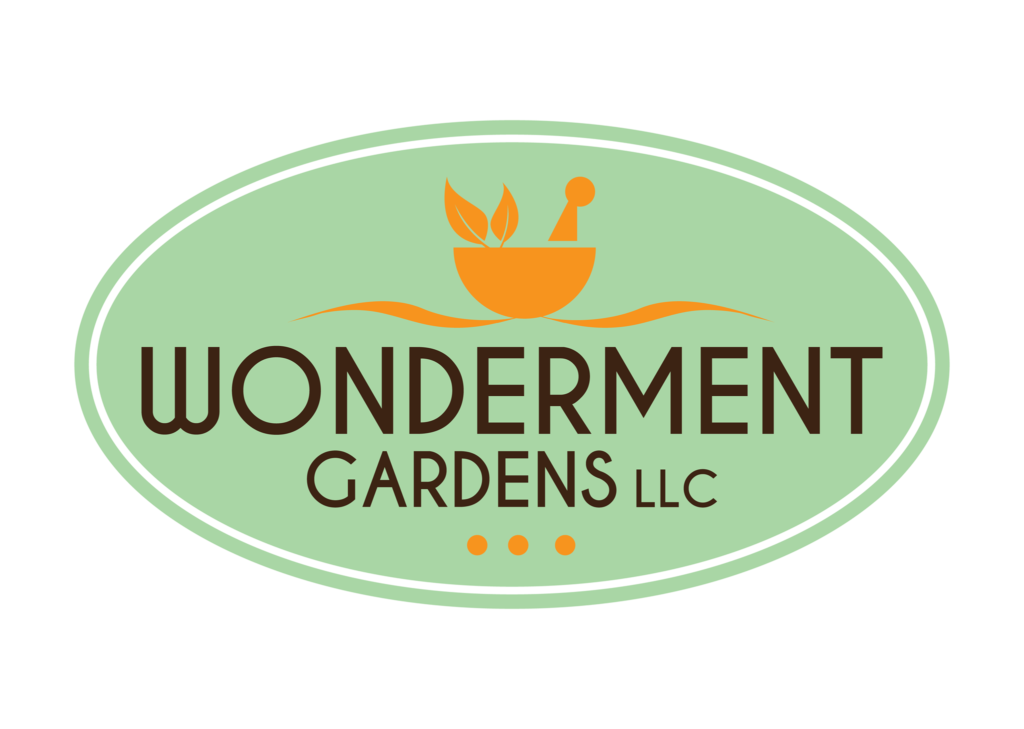
Product Suggestions from Wonderment Gardens
High Quality, Handcrafted herbal products that you can trust. All Made with a big helping of love and integrety.
Further Reading
Thank you for reading this blog as well as for asking such great questions. These blogs are always a little better when they are directed at helping you to feel better. Which, by the way, is their intention. I love sharing my herbal knowledge, experience and research with you and I hope it helps in some small way.
Please feel invited to share you experiences in the comment section or shoot me an e-mail. The more we share with each other the richer the experience for everyone. Also, let me know if you have any additional questions. I’ll do my best to help.
Thanks again for being here.
Many blessings and good health
Annie
References
https://herballegacy.com/Vance_Chemical.html
https://europepmc.org/article/med/2192379
https://eunatural.com/stinging-nettle-extract-allergy-relief/
Pallas Downey, Rhonda; Noble Nettle; Southwest Conference on Botanical Medicine, 2014
Wood, Matthew; The Book of Herbal Wisdom; North Atlantic Books, Berkley, California; 1997
Hoffmann, David, FNIMH, AHG: Medical Herbalism, The Science and Practice of Herbal Medicine; Healing Arts Press, Rochester Vermont; 2003
Moore, Michael; Medicinal Plants of the Mountain West; Museum of New Mexico Press, Santa Fe, NM. 2003
Holmes, Peter; The Energetics of Western Herbs; Snow Lotus Press, Cotati Ca; 2007
Disclaimer
The statements and ideas presented here are not intended to diagnose, treat, cure, or prevent any disease or condition. They have not been evaluated by the FDA. All ideas presented are for the sole purpose of education. To help you take control of your own health. If you have a health concern or condition, consult a physician. We suggest that you always consult a medical doctor before modifying your diet, using any new product, drug, supplement, or doing any new exercises.
These statements and products have not been evaluated by the FDA. They are not intended to diagnose, treat, cure, or prevent any disease or condition. If you have a health concern or condition, consult a physician. Always consult a medical doctor before modifying your diet, using any new product, drug, supplement, or doing any new exercises.
Herbs taken for health purposes should be treated with the same care as medicine. Herbal remedies are no substitute for a healthy diet and lifestyle. If you are serious about good health, you’ll want to combine diet, exercise, herbals, a good relationship with your doctor and a generally healthy lifestyle. No one of these will do it alone.
This information is designed to be used as part of a complete health plan. No products are intended to replace your doctor’s care, or to supersede any of his/her advice or prescriptions.



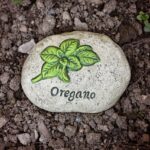


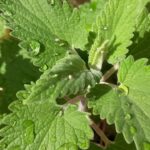
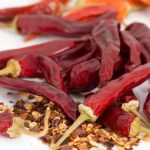
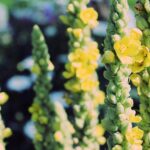
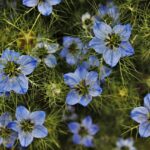
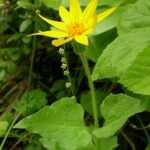
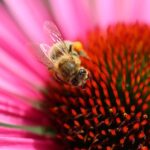
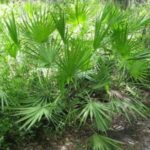









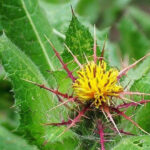
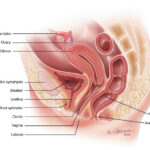

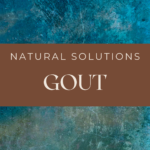
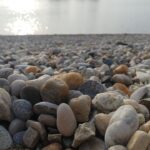
I am actually happy to glance at this web site posts which consists of
plenty of valuable information, thanks for providing such data.